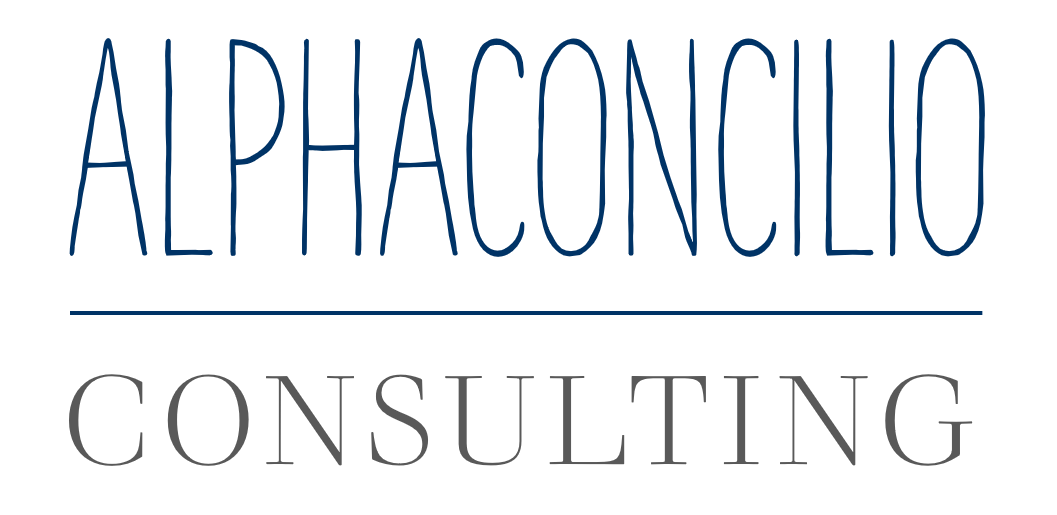Advocacy for pragmatic valuation: common diseases assessment does not work…

Advocacy for pragmatic valuation: common diseases assessment does not work…
Some orphan drugs can cost hundreds of thousands of dollars annually per patient. Does it exist a societal preference for prioritizing treatment of rare diseases over common ones exists? Could this preference provide a justification for accepting higher cost effectiveness thresholds for orphan drugs? But cost effectiveness thresholds are they acceptable for orphan drugs valuation?
It appears that despite strong general support of the population expressing a desire for equal treatment rights for patients with rare diseases, there was little evidence that a societal preference for rarity exists if treatment of patients with rare diseases is at the expense of treatment of those with common diseases.
Regarding general population positioning and ethical necessity, political ask to think about fair mechanisms to determine thresholds to determine what is acceptable to pay for?
Some payers suggest the most common one, the threshold indexed on GDP and used for common diseases) associated with current HTA. Easy to say but reality is different…
If most of the Orphan drugs are compared to best supportive care in their assessments, others are compared to active treatments and majority of the orphan drugs do not have treatment alternatives which makes it more complex to use the classic tools of comparison.
As said above, most of payer generally use cost effectiveness thresholds to suggest price reductions to approve the drugs for reimbursement following these recommendations. But, when standard health technology assessment (HTA) approaches are used to assess orphan drugs cost-effectiveness, orphan drugs often appear not cost-effective. Other health economic tools are used to approach orphan drugs cost and budget impact on healthcare system such as:
• Annual Drug Costs – Some drugs provide confidential information about the annual drug costs per patient that was not publicly available.
• Cost–Utility Analyses with Markov model, micro-simulation approach, and decision tree: Several scenarios’ analyses are presented to payers and despite the stated uncertainties, most of drugs presented are recommended for reimbursement pending a price reduction
Common diseases GDP indexed threshold and current HTA could be considered as fragile and no relevant for rare disease drugs. In that case, this positioning and this method have a limited impact when payers will have to decide for reimbursement. These economic tools presented above may be considered as useful to shape the dialogue between manufacturers and payers, but finally Orphan drugs are listed when clinical conditions and negotiated price reductions are met so much it is challenging for rare disease drugs to appear cost-effective.
Furthermore, considering the difficulties for HTA agencies to interpret the results of an economic evaluation associated with a level of uncertainty inherent to rare diseases drugs, the common threshold used for common diseases will potentially lead to obstacles for manufacturers of rare disease treatments to meet pricing regulations. Manufacturers would have to reduce the prices maybe too much to meet the arbitrary thresholds and will have to find another business model to be sustainable, this may jeopardize the launch of some new medicines. Additionally, denying access to some orphan drugs based on the common threshold might limit the opportunities to add to the development of real-world evidence which can be used in reimbursement approaches such as pay-for performance. Furthermore, for the new drugs that perform better over time and with the availability of additional evidence. We can imagine that open price negotiation should serve as an incentive to the manufacturers for future launches of new treatments.
References
Chakrapani Balijepalli & all. (2020 Aug 24). 12:445-457. Can Standard Health Technology Assessment Approaches Help Guide the Price of Orphan Drugs in Canada? A Review of Submissions to the Canadian Agency for Drugs and Technologies in Health Common Drug Review. Clinicoecon Outcomes Res, 12:445-457
Joshua P. Cohen & Abigail Felix (2014) Are payers treating orphan drugs differently? Journal of Market Access & Health Policy, 2:1, 23513, DOI: 10.3402/jmahp.v2.23513
Arna S Desser, (2010) Societal views on orphan drugs: cross sectional survey of Norwegians aged 40 to 67. BMJ 2010;341:c4715 DOI: 10.1136/bmj.c4715
